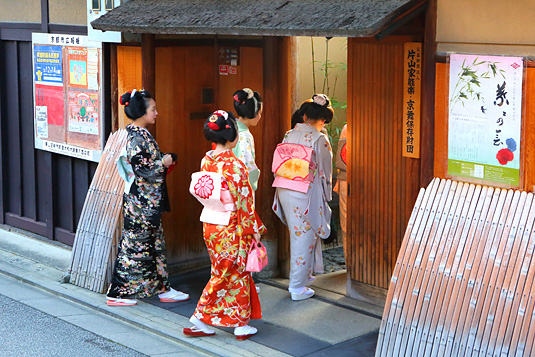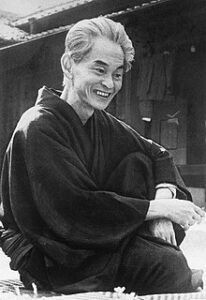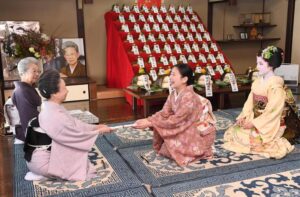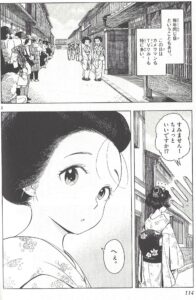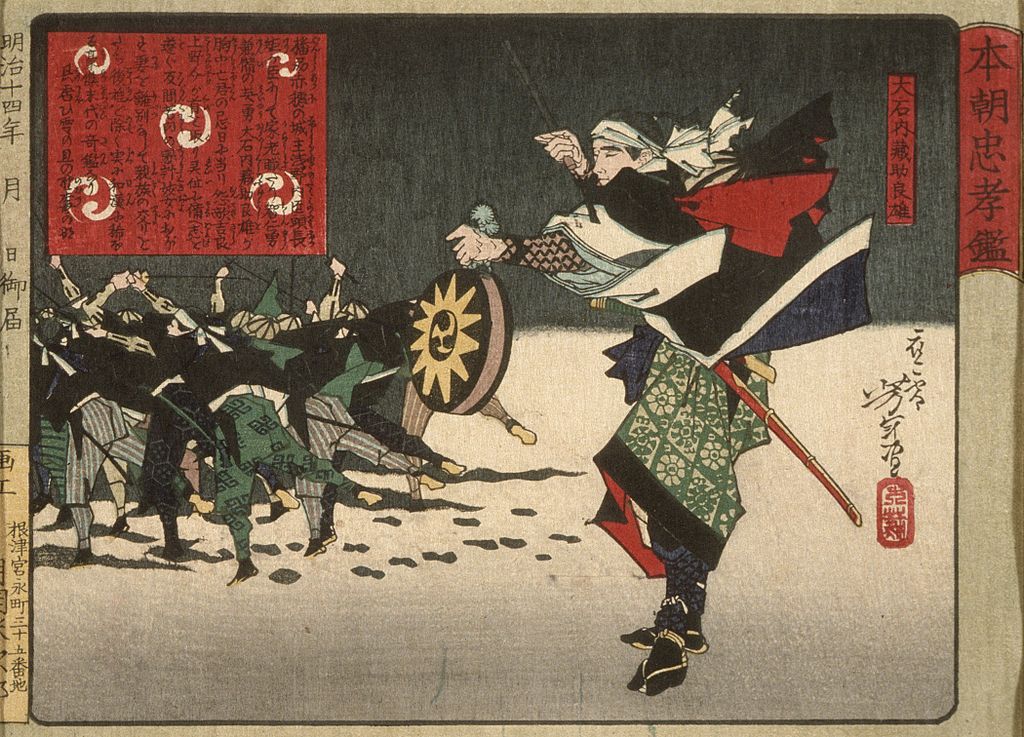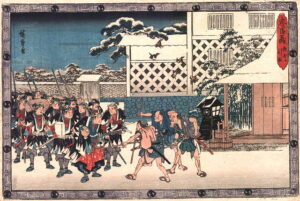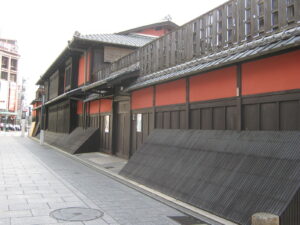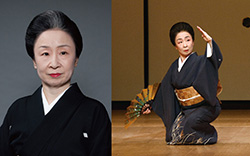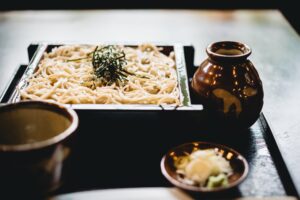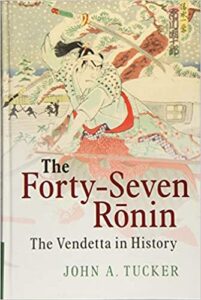On December 13th, Kyoto’s hanamachi bustle with activity. It’s Kotohajime 事始め, the annual event marking the “beginning of preparations” for the new year. What kind of rituals take place today? What is their purpose? On Kotohajime 2021, we explore this custom.
Cancelled for the most part last year due to the pandemic, Kotohajime rituals resumed this year–wisely, with masks.
On Dec. 13th, geiko, maiko, and shikomi trainees visit their arts teachers and the teahouse managers. They express their gratitude and request the favor of their guidance in the new year. Clad in lovely kimono, the women start their rounds at 10am. Amateur photographers record the sight to post on Flickr. Onlookers crowd the area to see the event, too. News team broadcast reports for audiences in Japan and abroad.
NHK News posted this video and article of today’s event in Gion, the largest hanamachi.
A Sight of The Old Capital
Colorful Kotohajime activity in the hanamachi figures in famed author Kawabata Yasunari’s 1962 novel set in Kyoto, The Old Capital, translated by J. Martin Holman. Kawabata found Kotohajime most closely observed in the Gion hanamachi:
“On this day, this ‘early new year,’ the striking dress of the maiko and the geisha as they came and went enlivened the atmosphere around Gion more than on any other day” (160).
Greeting Inoue Yachiyo V in Gion on Kotohajime
Today, the news brings viewers right to the center of this activity.
This 2019 Kyodo News broadcast shows the Kotohajime rituals taking place at the residence of the head (iemoto) of the Inoue School of Kyoto Dance, Inoue Yachiyo V. The large room normally used for dance practice displays colorful rice cakes on a tiered stand. These kagami mochi are “offerings to the deities” from the maiko and geiko.
Sankei News shows the geiko and maiko seated in a line before Inoue Yachiyo V. Each patiently waits her turn to offer the New Year’s greeting, “Congratulations, teacher.” In response, Inoue encourages her students, presenting each a folding fan to use in her dance practice in the new year.
Maiko Momohana Reflects on her Year of Dance Training
Manga artist Koyama Aiko picks up on the ritual as a time for reflection, too. She imagines her star maiko Momohana interviewed by a TV news team. The reporter asks, “Today, on Kotohajime, may I ask how you reflect on the past year?” Momohana responds modestly, “I’m painfully aware of missing the mark this year and I will concentrate more than ever next year.” Her answer mirrors the responses we hear given by actual maiko on news videos! Catching the interview, her friend Kenta remembers how even as a child, Momohana had terrific resolve. In the next frame, Koyama depicts little Sumire in pigtails standing tall, fierce with determination.
Kotohajime: The Busiest Time of the Hanamachi Year
 Anthropologist Liza Dalby, who did fieldwork in the Pontochō hanamachi in the mid-1970s, remembers Kotohajime as “one of the busiest times of the year” (250). “Not only are all the clients making plans for end-of-the-year parties, the geisha have more than the usual responsibilities and ceremonial duties vis-à-vis one another and the ex-geisha who run the teahouses” (160).
Anthropologist Liza Dalby, who did fieldwork in the Pontochō hanamachi in the mid-1970s, remembers Kotohajime as “one of the busiest times of the year” (250). “Not only are all the clients making plans for end-of-the-year parties, the geisha have more than the usual responsibilities and ceremonial duties vis-à-vis one another and the ex-geisha who run the teahouses” (160).
The Beginning of the New Year at the End of the Old Year?
“Although the year has not ended,” writes Kyoko Aihara, “this is the day that new year preparations begin in the hanamachi. This day marks the start of the new year” (215).
“Kotohajime, you say? Why does all this talk about the new year happen at the end of year?” Gion geiko Kokimi imagines her readers may find it strange that this new year event takes place on December 13th. When she first came to the hanamachi, she, too, was surprised to hear all the congratulatory new year greetings mid-December (116). But Kotohajime was once more commonly practiced in Japan.
According to Japan Reference, December 13th used to be more widely observed as the day to begin preparations for the new year’s holiday, the most important in Japan. It was time to give the house a thorough cleaning and display seasonal decorations. These days Japanese tend to do this at the end of December. But the hanamachi follows the old custom.
Reading almanacs led Liza Dalby to discover that, “for most people in agricultural Japan o-koto hajime meant something quite different than it did for geisha. ‘The beginning of things’ referred to the chores of the farming season, which started in earnest just after the lunar new year. Farmers also observed ‘the finishing of things’ (o-koto osame) around the first week of December, leaving a six-week interval of relatively quiet time. Interestingly, I never heard of o-koto osame in the geisha world. For geisha, some times are busier than others, but things are never finished” (251).
Learning from the Kotohajime Custom
It’s reassuring to see the hanamachi returning to life this year. Reading about Kotohajime past and present, I take a moment to feel gratitude to my teachers, family, and friends. And there’s plenty for me to do, too, to get ready for the new year.
REFERENCES
*Note that the event is also romanized as two words, sometime hyphenated: koto hajime; koto-hajime. It’s also translated as “the beginning of things” and “things to do for the New Year.”
The featured image today is found on Yasuhiro Imamiya.jp. It shows Gion maiko visiting iemoto Inoue Yachiyo. Imamiya’s blog has many beautiful photos of Kyoto events: http://www.imamiya.jp/haruhanakyoko/event/koto.htm
Aihara Kyoko. Kyoto maiko to geiko no okuzashiki [The salon of Kyoto maiko and geiko]. Tokyo: Bungei Shunjū, 2001.
Dalby, Liza Crihfield. East Wind Melts the Ice: A Memoir Through the Seasons. Berkeley: University of California Press, 2007.
Kawabata, Yasunari, and J. Martin Holman, translator. The Old Capital. Berkeley: COUNTERPOINT, 2006.
Koyama Aiko. Maiko-san-chi no Makanai-san. Serialized manga. Volume 15. Episode 161, Shōgakukan, 2020. For its new online anime adaptation, NHK World translates the manga title as Kiyo in Kyoto: From the Maiko House.
Yamaguchi Kimijo. Suppin geiko: Kyoto Gion no ukkari nikki [Bare-faced geiko: My haphazard diary of Gion, Kyoto]. Tokyo: LOCUS, 2007
Online News Articles:
Kyodo News, “Maiko-san-ra mo shōgatsu-jitaku Kyōto no hanamachi `kotohajime'”
Dec. 13, 2019, Accessed Dec. 12, 2021.
NHK News Web, “‘Beginning of things’ at Kyoto Gion Geisha and Maiko New Year’s greetings. Dec. 13, 2021, Accessed Dec. 13, 2021.
https://www3.nhk.or.jp/news/html/20211213/k10013386201000.html
The Sankei News, “Kyoto, Gion de Kotohajime, Gei-maiko ga aisatsu”
Dec. 13, 2019, Accessed Dec. 12, 2021.
https://www.sankei.com/article/20191213-SRP6WMXNLJPH7L6XGKIYAQMHZY/
Jan Bardsley, “Kotohajime: Maiko Prepare for the New Year,” Janbardsley.web.unc.edu. December 13, 2021
